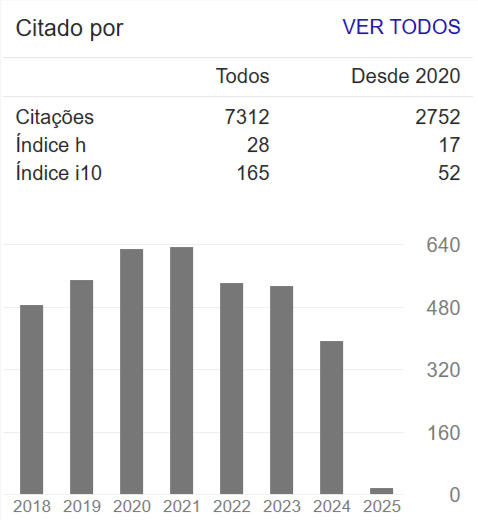Integrating Sustainable Principles, Metrics and Practices into Remediation Projects
Resumo
There are many benefits to expediting cleanup of contaminated sites; however, these efforts can be energy and resource intensive and result in a number of unintended impacts. Growing awareness of the need to use resources wisely and reduce our overall energy and carbon footprint, has led to a wide spread call for factoring sustainability into site remediation and thinking outside the boundaries of the contaminated site when selecting and implementing a remedy. Quantitative analysis provides a strong basis for comparing alternatives as well as identifying how remedies in the design, construction and operating phases of the project life cycle might be improved. These quantitative measures include carbon emissions, energy and resource consumption, habitat loss, as well as worker and community risks and air impacts posed by remedy implementation.

















